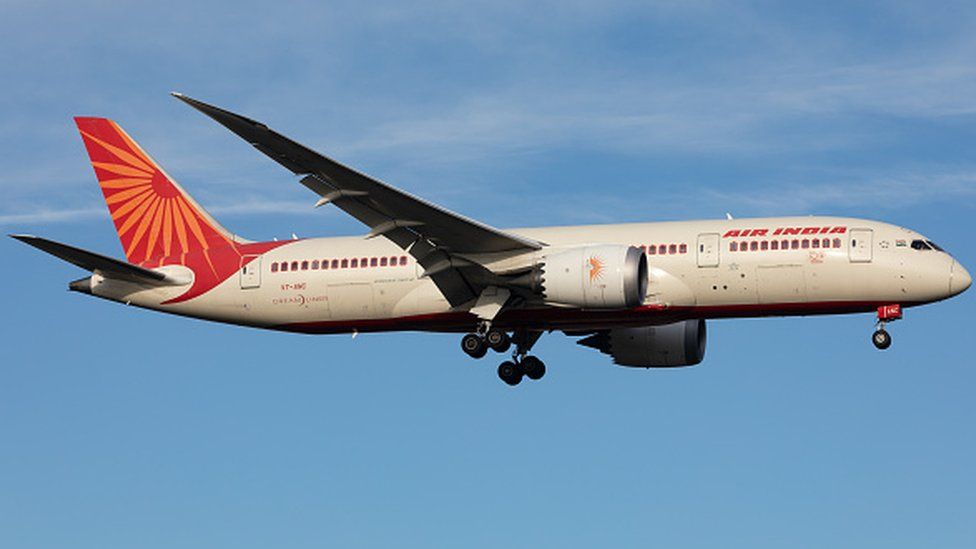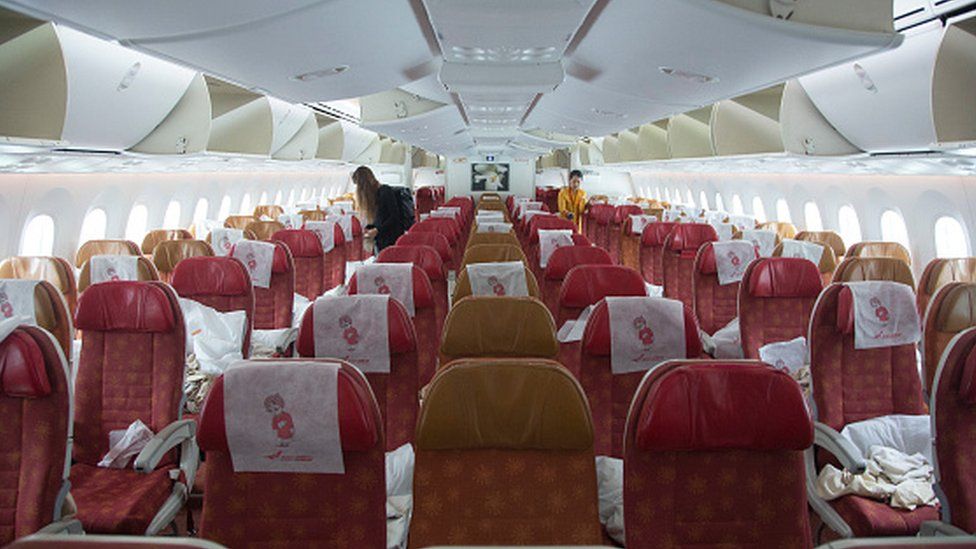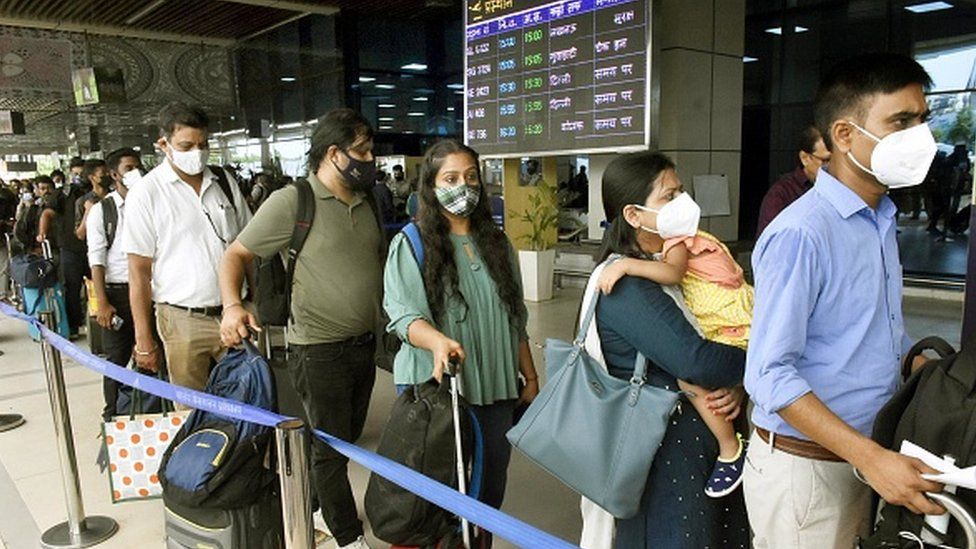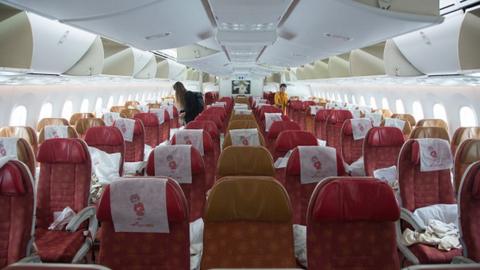
Air India’s record deal for 470 planes from Airbus and Boeing has happened at a time when the carrier plans to become “a world-class proposition”, in the words of N Chandrasekaran, chairman of Tata group, which owns the airline.
These orders – beating the American Airlines’ 460-plane deal in 2011 – would modernise Air India’s fleet and help it to “dramatically” expand its network, Mr Chandrasekaran said.
The troubled national carrier, which was acquired by Tatas about two years ago, has retired most of its older aircraft and launched a five-year plan to modernise its ageing fleet. The first new plane will go into service at the end of this year.
The sheer size of this new order indicates Air India’s desire to reclaim its pole position in India’s crowded aviation market and acquire a strategic edge to service the world, say experts.
“These orders directly synergise Air India’s fleet with Lufthansa and Singapore Airlines – all part Star Alliance, the world’s largest global airline alliance,” said Mark Martin, an aviation analyst. “To me it looks like a big game plan to counter the dominance of Gulf carriers, for whom Star Alliance has been an arch nemesis”.
Indian travellers currently rely heavily on Emirates, Qatar Airways, Etihad and other Middle Eastern airlines for overseas connections to Europe, US and other parts of the world. That could change as Air India’s new fleet are put into service, Mr Martin believes.
The acquisition of wide bodied aircraft like the A350s will allow Air India to penetrate markets like the US and Australia directly through non-stop flights between these destinations and India. These are lucrative routes to service the massive Indian diaspora that resides overseas.
But challenging the monopoly of the Gulf carriers will not be easy, given their “loyal base” and ability to launch pricing wars, says Ajay Awtaney, founder of LiveFromALounge, an India focused aviation website.

For years, Air India has been plagued by consumer grievances over ill-maintained cabins, dysfunctional entertainment systems and broken charging points. While customers will get an “upgraded experience” when the new fleet is brought in, a shortage of human resources and trained personnel remains a issue, according to Mr Awtaney.
For many years after it was founded by the Tatas, and before it was nationalised by the government in the 1950s, Air India was considered the global standard bearer for service.
But following years of mismanagement under subsequent governments, a mounting debt burden and failed attempts to revive its former glory, Air India was sold back to the Tatas in a $2.4bn (£1.98bn) deal in 2021 – marking a homecoming for the airline after 68 years.
“These orders will silence the critics of Air India’s disinvestment. Its potential under the government was unexplored,” Jitendra Bhargava, former executive director at Air India told the BBC.
But in order to truly realise its potential and effectively run fifth-generation aircraft like the A350s, the carrier will have to rapidly modernise its operations, including software systems, maintenance and human resource capabilities, say experts.
“If they are successful, they will take India’s uniqueness to the globe once again, after many years,” said Mr Martin.
However to make a dent globally, Air India will need to start focusing “beyond just India originating passengers and generate more connecting traffic”, Mr Awtaney added. For this, it will need to both optimise its route network and also improve infrastructure.

Snaking queues and long waits at immigration in Delhi and Mumbai over the winter have shown that India doesn’t yet have adequate capacity to handle a large surge in passenger traffic.
But the country is building at least 80 new airports over the next five years as part of its focus on state-led capital expenditure on infrastructure.
The Indian aviation market has seen a sharp recovery post pandemic, with domestic traffic growing by 48.9% year-on-year according to government figures. More than 122 million Indians took internal flights in December 2022, latest data shows.
India also is expected to be a major driver of growth in global aviation with domestic carriers expected to place orders for 1,500-1,700 aircraft over the next two years according to Centre for Asia Pacific Aviation India (CAPA India) estimates.

Read more India stories from the BBC:
- India watchdog probing Adani fraud allegations
- India batter is costliest player in women’s cricket
- BBC India offices searched by income tax officials
- How fake dates help Indians find love and intimacy
- How an Indian woman tracked down her daughter’s ‘dead’ rapist
- Child brides left desperate after mass arrests

